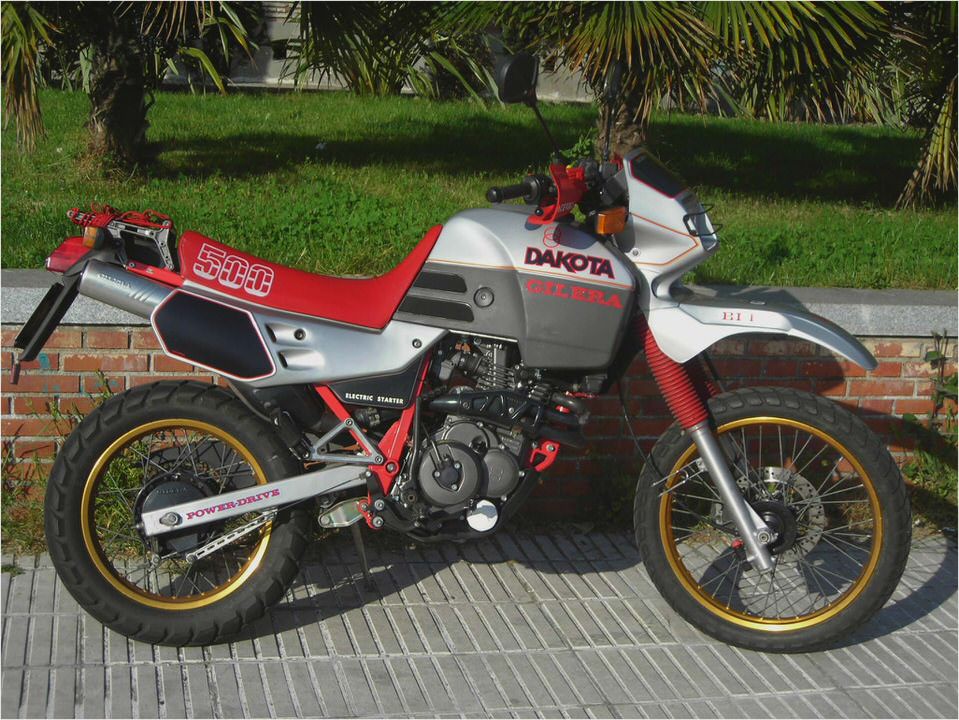
Gilera Nuovo Saturno Road Test
The Gilera Nuovo Saturno came and went in a flash, having all but disappeared some four years after it was first seen. They are still around however, and going strong with a loyal fan base too.
The Gilera Nuovo Saturno originally existed purely to satisfy the Japanese motorcyclist love affair with the small capacity, pared down sports machine. The name was chosen as the original Saturno of the 40s and 50s was the sporty machine to have, being fast and lithe, and effective on both the track and the open road.
As a result we get a beautifully crafted machine that is a joy to be on and live with, every bit of the horsepower can be used to its full potential, while the chassis out performs the engine by a good margin. Because the power isn’t excessive it doesn’t need big fat rubber, which in turn allows all of the engines out put to make it onto the tarmac. In effect its sports riding made relatively safe but with no less adrenaline or smiles along the way and all in great style too.
The Saturno looks as if doing a 100mph even when parked which is always a good sign.
The heart of the Saturno is hard to pin down as its all so good, the Marzocchi forks and rear suspension are simple in design, but work so well within the whole concept, while the basic frame design in turn compliments the compact engine. The engine in turn is a work of art with mild manners and an ease of use rarely found in machines originating from Europe.
It starts at the first press of the button making the kick start largely redundant and quickly settles into a smooth booming tick over, there is almost as much noise being generated by the 40mm Dell’Orto carburettor as there is the exhaust end can such is the amount of air that is being sucked in to feed this hungry engine. Every rev to warm the engine has the whole machine springing into life, like a puppy dog raring to go and goading its owner into behaving badly too.
The overall build quality is very good for a Latin machine too, no doubt helped by the considerable input from the Japanese side of the design team, and goes some way to justifying the large retail price when the type was new. Some areas do show signs of corrosion over time but it’s the parts sourced externally and from the native country that are the culprits, any Gilera made items have been made to last.
Simply by owning a Gilera Saturno, you will have joined a small and unique band of riders and will, for certain, have plenty to talk about to other bikers whenever you stop for a breather. Bike nights will never be the same again as folk wonder what on earth it is you are riding and most will have it down as some sort of home built special.
From the off the Saturno ticks all the right boxes, it sounds well, goes well and, vibrations in the upper rev range apart, leaves the rider beaming from ear to ear. It’s a pure bred Latin machine with all that its heritage can produce, the tiny steel trellis hangs on to the engine in just a few areas but keeps it all in check tracking straight and true throughout the journey even at silly cornering speeds.
The dash has more information than is really needed for such biking fun, the kilometre speedo covered by a clear MPH overlay, while the tacho is largely redundant thanks to the engines constant chat keeping you informed of when its happy and when its not, while a host of warning lights vie for your attention when all you really want to be looking at is the road ahead. Its complexity for complexity’s sake really as the Saturno carries on well enough without the whistles and bells, I for one doubt the accuracy of the temperature gauge anyway.
Getting on the Saturno does start the fears growing, the low seat and rear set footrests, coupled with the clip on handlebars, often means wrists and back give out long before the ride really gets going, but these are unfounded qualms. In fact, the seating position is spot on for the average sized rider making the tiny machine a real pleasure to cover some miles on, it also makes the Saturno highly manoeuvrable in the process.
The engine is rev happy for a single, the internal balancing allowing the throttle to be used with gusto although it does get a little buzzy as the tacho needle sweeps away the dust for the upper reaches of its travel. This buzz is made worse by the lack of footrest rubbers and the like, but it does serve to keep the rider involved in the whole process and saves a look at the tacho to see where the revs are before a gear change.
The overall gearing is lacking a wee bit, maybe a product of the engines off-road roots and consequently there is a few holes between ratios, keep the engine revving and this isn’t a real problem, but potter around for a while, and the anomalies within the transmission show themselves all too clearly. This is the only real fault to be found with the Saturno, and looking back, it was never likely a new gearbox was going to be designed and built at great expense for potentially such a small production run.
They didn’t make many, or for very long either, but what Gilera did create was a truly unique machine that has won many a heart since it arrived in 1987, I now know I want one.
Gilera Nuovo Saturno Model History
During the early 80s, Gilera had been developing a new range of mid capacity off road machine using its all-new single cylinder engine. The 350cc Dakota, with its power plant designed by ing Lucio Masut, was launched at the 85 Milan show and was well received, its advanced design using every trick available from the period with balancer shafts keeping the vibes largely at bay and toothed belt dragging the twin camshafts along. By 87 the capacity had been opened out to 492cc and then again a little while later with the 569cc XRT model, all being aimed at the off road and dual purpose market.
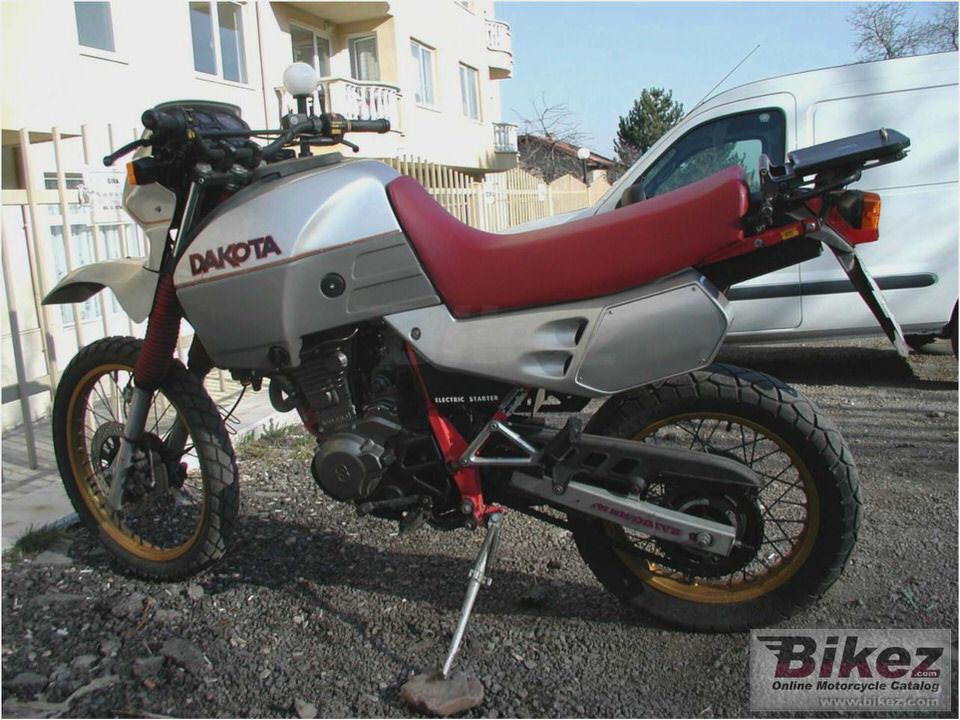
In a strange twist, it was the Japanese who first penned the idea behind the modern Nuovo (new) Saturno Bialbero (double overhead cam). The marketing company C Itoh, wanted a machine unique to them for the Japanese market and, after much research looking at many engines, approached Gilera with a view to planting their single cylinder Dakota engine in a sports chassis.
The end result was near perfect for that task and demand was great, the Japanese had a yearning for all things classic, so loved the association with the original Saturno of the late 40s while appreciating the modernity that the new design allowed. The design work was a joint venture too, between Gilera engineer Sandro Colombo, and Japanese designer N Hagiwara and the machine a pleasing mix of Latin emotion and Japanese functionality.
Despite being intended for the far east only, the type did eventually reach the rest of the world and went on sale during the latter part of 1988, it took a further two years to be on general sale in the UK however. The importers deliberated over the decision for many months before a small batch of 50 Saturnos were brought in during December 1990; the price was a staggering £4999 and many thought this to be too high, as any of the Japanese 600cc Supersports machines could be had for nearly a grand less at the time. The first batch sold out almost immediately and this led to further orders for the UK market.
As with most things Italian there was also a full on race version of the Saturno, the Piuma. The fast emerging single cylinder race movement proved an ideal stomping ground for the Gilera engine so when wrapped in an alloy beam frame the Piuma was born, the production version powered by a 569cc Dakota engine and the factory models using a 620cc unit.
By 1993, the original Arcore based Gilera concern, actually owned by the Piaggio group, was ended, unceremoniously this announcement was made on the eve of the Milan show of that year, an event that had heralded so many great machines from Gilera. This marked the end of potentially great times for the brand as links with Honda had been mooted earlier that year, unfortunately this was not to be an Piaggio pulled the plug to concentrate on its own wares.
Gilera Nuovo Saturno Timeline
1985
An all-new single cylinder four-stroke engine Dakota is developed to power a new range of Gilera multi purpose off road machines
The Japanese firm C Itoh approach Gilera with a new design of sports machine using their Dakota engine and named after the Saturno of the 40s and 50s, by the latter part of this following year the first prototype is seen at the Milan show
The Gilera Nuovo Saturno Bialbero is put on general release, in Japan to begin with, but by the end of this year the rest of the world could buy one.
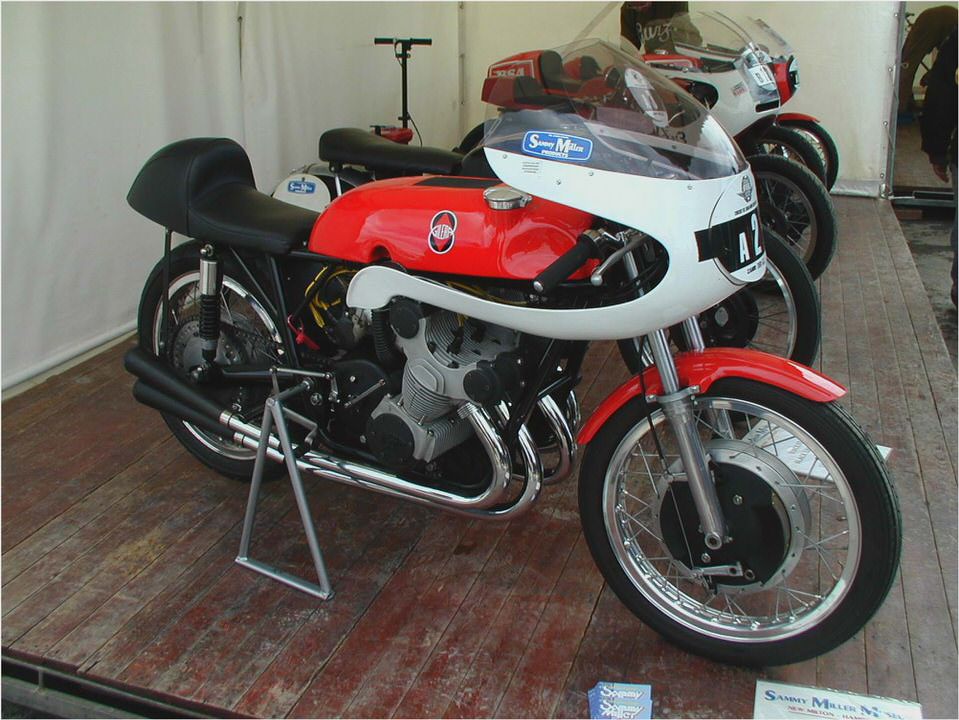
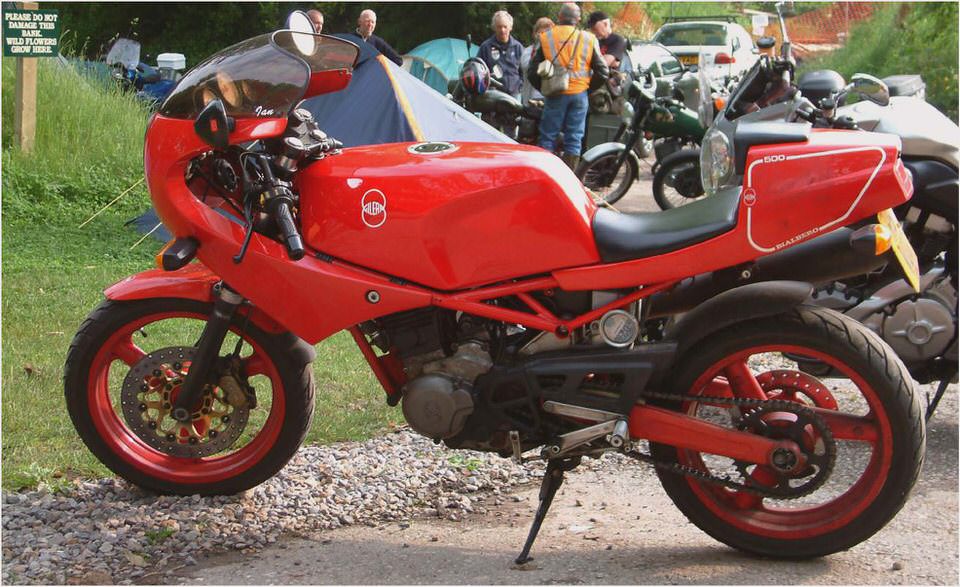
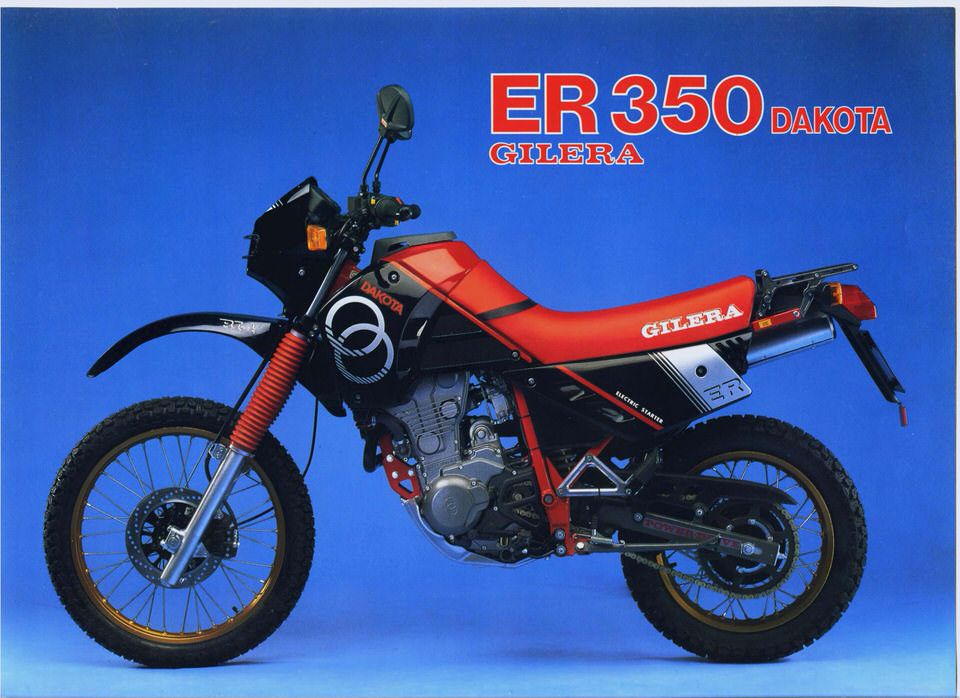
- Gilera Motorcycle History
- Gilera Nordwest 350 Free Links
- Gilera Motorcycles
- Gilera GP 800 – The Scooter Review
- CD Scooters News Scooters

